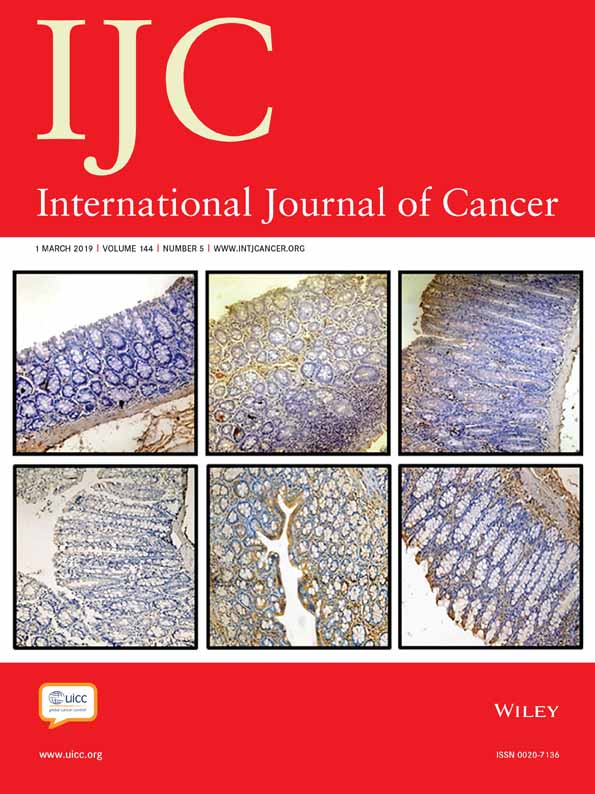Statin therapy and association with ovarian cancer risk in the New England Case Control (NEC) study
Abstract
Statins are widely used to lower blood cholesterol and reduce risk for cardiovascular diseases, but attention has recently focused on a role in cancer prevention or therapy. Here we present data from a large case–control study addressing whether statin use can lower the risk for epithelial ovarian cancer (EOC). Between 1992 and 2008, data including medications used for at least 6 months were collected from 2,040 cases with EOC and 2,100 frequency-matched controls without the disease who participated in the New England Case Control study. We used unconditional logistic regression controlling for matching factors and potential confounders to examine the association between statin use and the risk for EOC. Overall, women who used statins had 32% lower risk of ovarian cancer compared to non-users (Odds ratio (OR) 0.68, 95% Confidence Interval (CI): 0.54–0.85), adjusting for the matching factors and other covariates. The reduced risk was most apparent in women taking a lipophilic statin who began use after age 49, and who had used them 2–4.9 years. Statin use was associated with lower risks for both serous and non-serous histologic subtypes with the strongest effect seen for mucinous and mixed epithelial subtypes. The association became apparent about a decade after the introduction of statins and did not appear to be confounded by indications for use of statins or medications used concomitantly. In this case–control study, statins were found to lower the risk for both serous and non-serous EOC and especially mucinous EOC.
Abstract
What's new?
Statins are widely used to lower blood cholesterol and reduce risk for cardiovascular diseases, but attention has recently focused on a role in cancer prevention or therapy. Data from existing studies on ovarian cancer prevention by statins are mixed, however. In this large case–control study spanning 16 years, statin use was associated with a significantly reduced risk for epithelial ovarian cancer, especially of mucinous histology. The association was not confounded by risk factors for ovarian cancer, indications for statin use, or medications used concomitantly. It is noteworthy that the association became apparent within a decade of the introduction of statins.




